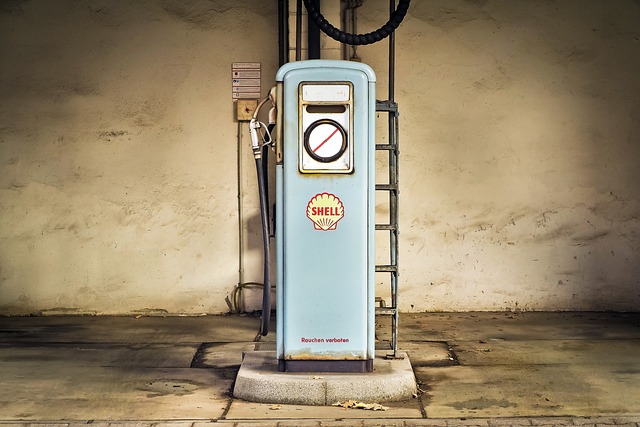Introduction: The Challenge of Chemotherapy Resistance
Chemotherapy is a fundamental tool in cancer treatment, but its effectiveness is often undermined when cancer cells develop resistance. This resistance allows cancer cells to survive treatment, leading to disease progression. Emerging research identifies tiny cellular messengers, known as extracellular vesicles (EVs), as critical players in orchestrating this resistance.
What are Extracellular Vesicles (EVs)?

Think of Extracellular Vesicles (EVs) as nano-sized packages or 'mail carriers' released by cells. These membrane-enclosed vesicles travel through the body carrying diverse molecular cargo – proteins, lipids, DNA, mRNA, and microRNAs. By delivering this cargo, EVs enable cells, including cancer cells, to communicate and influence each other's behavior. They are broadly categorized by size and origin into exosomes (typically 30-150 nm, originating from within the cell) and microvesicles (100-1000 nm, budding from the cell surface), though the lines between these categories are increasingly recognized as complex and overlapping.
How EVs Fuel Chemotherapy Resistance: Key Mechanisms

EVs employ several clever strategies to help cancer cells withstand chemotherapy:
- Direct Drug Expulsion: EVs released by resistant cells can act like tiny pumps, physically carrying chemotherapeutic drugs out of the cell, lowering the effective dose inside.
- Transferring Resistance 'Software': EVs can deliver molecules that confer resistance – such as drug efflux pump proteins (e.g., MDR1/ABCB1) or specific microRNAs (e.g., miR-21, miR-221) – directly to previously sensitive cancer cells, effectively 'teaching' them how to resist.
- Altering the Battlefield (Tumor Microenvironment): EVs can modify the area surrounding the tumor, promoting the growth of new blood vessels (angiogenesis) that feed the tumor, suppressing immune cells that would normally attack cancer, and rebuilding the supportive structure (extracellular matrix) to create a protective haven.
- Boosting Survival Signals: EV cargo can trigger pro-survival signaling pathways (like PI3K/Akt and MAPK) within recipient cancer cells, helping them endure the stress of chemotherapy drugs and continue to multiply.
# Simplified Example: Visualizing Increased MDR1 Expression Post-EV Exposure
import numpy as np
import matplotlib.pyplot as plt
# Hypothetical relative MDR1 expression levels (e.g., measured by qPCR or Western Blot)
mdr1_control = np.array([1.0, 1.2, 0.9, 1.1]) # Baseline expression in sensitive cells
mdr1_ev_treated = np.array([2.5, 2.8, 2.3, 2.6]) # Expression after receiving EVs from resistant cells
# Calculate mean and standard deviation for plotting
means = [np.mean(mdr1_control), np.mean(mdr1_ev_treated)]
stds = [np.std(mdr1_control), np.std(mdr1_ev_treated)]
# Create bar plot
plt.bar(['Control Cells', 'EV-Treated Cells'], means, yerr=stds, capsize=5)
plt.ylabel('Relative MDR1 Expression Level')
plt.title('Potential Impact of EVs on Drug Resistance Gene (MDR1)')
plt.ylim(bottom=0) # Ensure y-axis starts at 0
plt.show()
# Note: This code demonstrates a potential outcome based on experimental hypotheses.
# Real experimental data and appropriate statistical analysis are required for validation.Turning the Tables: Diagnostic and Therapeutic Potential
The central role of EVs in resistance also makes them promising targets. Analyzing EV contents (proteins, miRNAs) in patient blood or other bodily fluids – a form of 'liquid biopsy' – could potentially predict which patients might develop resistance, allowing for tailored treatment strategies. Therapeutically, researchers are exploring ways to counteract EV-mediated resistance. This includes developing drugs to inhibit EV production or release, block their uptake by recipient cells, or even engineer EVs to deliver therapies directly to cancer cells, turning these messengers into 'smart bombs' against the disease.
Future Directions and Remaining Hurdles
While the potential is immense, significant challenges remain. We urgently need standardized methods for isolating, characterizing, and analyzing EVs to ensure research results are reliable and comparable. More research is needed to fully map the complex EV communication networks in different cancer types and understand precisely how they drive resistance. Ultimately, rigorous clinical trials are essential to confirm the safety and effectiveness of any EV-based diagnostic tests or therapeutic interventions before they can benefit patients.
Key Takeaways

- Extracellular vesicles (EVs) are key mediators of intercellular communication, increasingly recognized for their role in cancer chemotherapy resistance.
- EVs promote resistance by expelling drugs, transferring resistance molecules, modifying the tumor environment, and activating survival pathways.
- Analyzing EV cargo holds promise for diagnosing and predicting chemotherapy resistance (liquid biopsy).
- Targeting EV production, uptake, or utilizing engineered EVs for drug delivery are potential therapeutic strategies.
- Standardization, further mechanistic understanding, and clinical validation are crucial next steps for translating EV research into clinical practice.